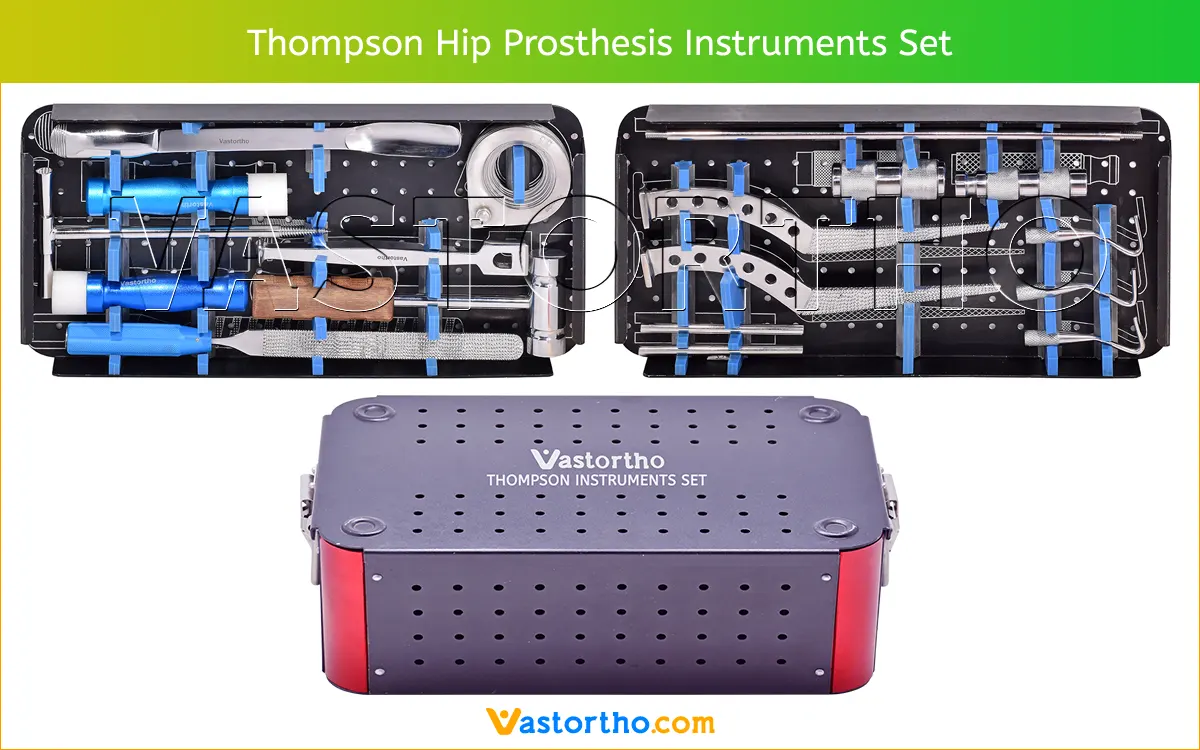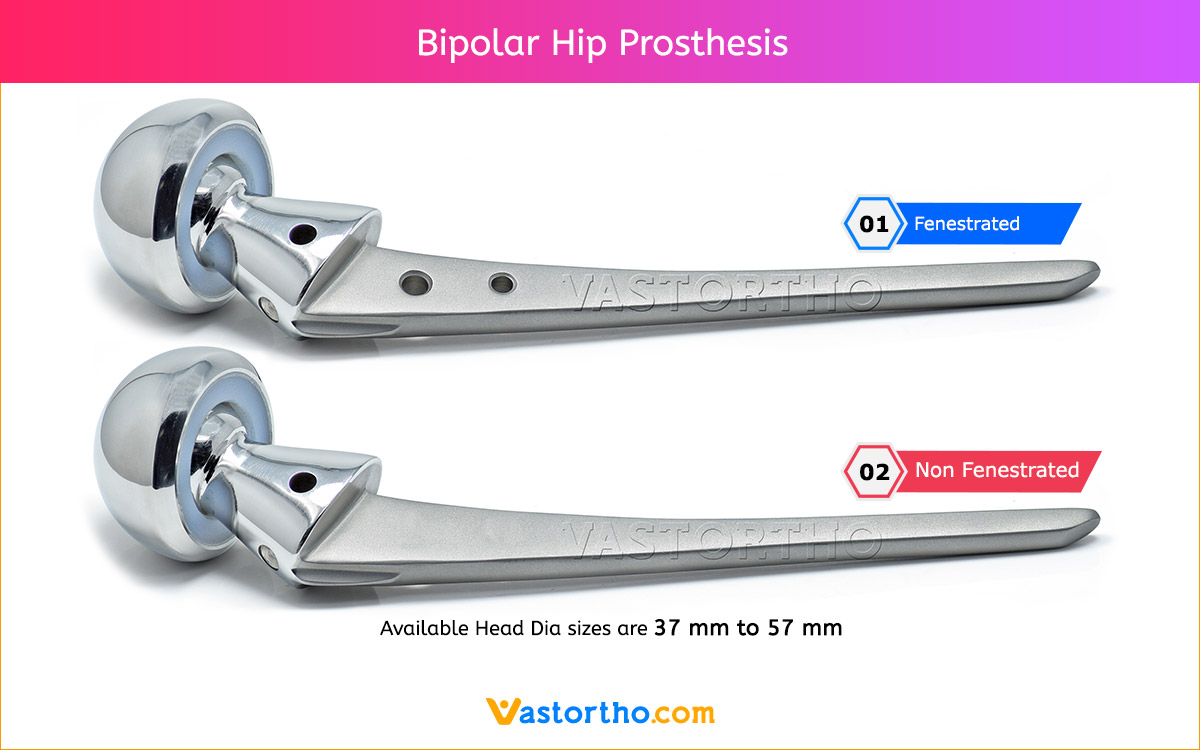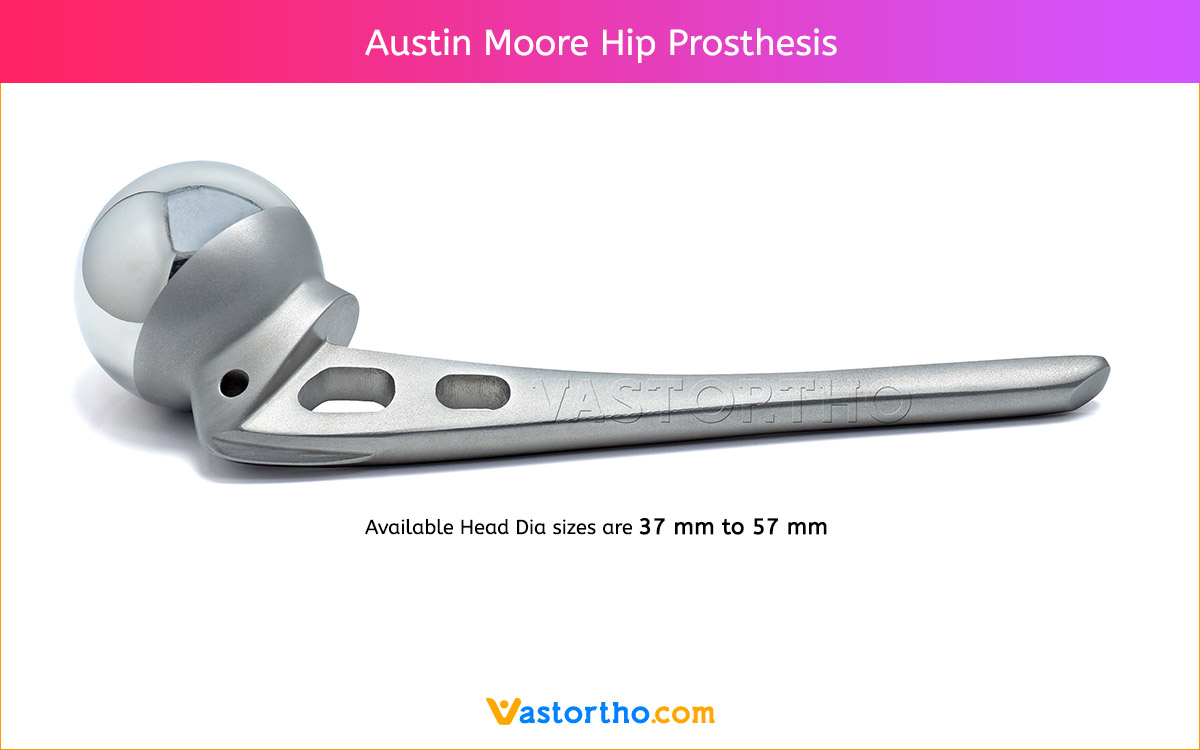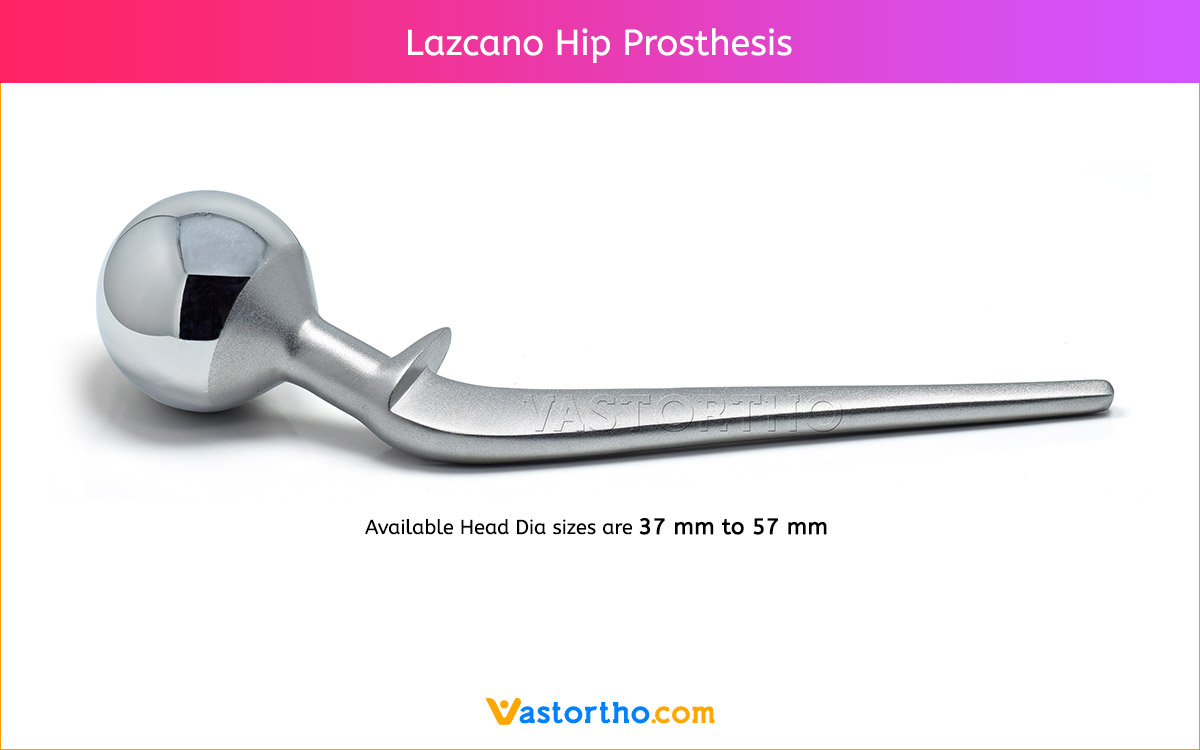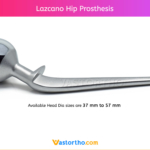STEP 1
Confirm that a hemi-arthroplasty is indicated.
STEP 2
The patient is positioned and prepared on the operating table in the usual manner. Expose the hip joint using your preferred surgical approach for hemi-arthroplasty.
STEP 3
Following exposure of the hip, cut the femoral neck. In most individuals an appropriate level of neck resection lies along a line drawn from a point medially mid-way between the upper margin of the lesser trochanter and inferior aspect of the head, to a point laterally at the base of the neck.
If the neck is cut too long, the leg will be lengthened, and the hip will be tight and difficult to reduce. The converse will be the case if the cut is too low, and the hip may be unstable. The neck cut may need to be modified a little higher or lower in valgus or varus hips,
respectively.
Remove and measure the femoral head or alternatively use an appropriate instrument to measure the size of the acetabulum. Select an implant with a femoral head of the same size.
STEP 4
Ensuring the gluteus maximus tendon is retracted and protected, a box chisel is used to open the proximal femur. This should be positioned laterally and posteriorly to gain exposure in line with the femoral canal.
STEP 5
Proximal femur preparation is made with the femoral rasp. This should be done by hand unless the bone is unusually hard, as using a hammer risks fracturing a fragile osteopenic femur.
The rasp should be inserted with the required amount of anteversion: typically this is between 0° and 20° depending on the preferred approach. The rasp should be inserted to a depth where the top cutting teeth line up with the neck resection line.
STEP 6
Following rasping, insert the definitive stem to ensure correct fit, seating and alignment can be achieved. Trim the neck if required to allow the collar of the prosthesis to sit flush. Confirm version is correct (see step 5). A trial reduction can be performed if required.
NB If performing a trial reduction, take great care when re-dislocating the hip. A swab around the neck of the prosthesis or a bone hook should be used to help dislocate and deliver the femoral head out of the acetabulum. Undue torsional force applied through the leg can fracture an osteoporotic femur.
STEP 7
Proceed with the preferred method of cementing technique. (Modern cementing techniques are recommended, including the use of a distal cement plug, thorough lavage and drying of the canal and retrograde filling with a cement gun).
The stem is inserted by hand until the collar of the prosthesis reaches the neck resection line on the medial calcar. The surgeon must hold the stem in position with the Femoral Head Driver until the bone cement is fully polymerised.
STEP 8
Remove any excess cement from around the neck of the Thompson Hip Prosthesis and take care to ensure that the acetabulum is clear of any cement, bone fragments of soft tissue before reducing the hip. Confirm stability and a concentric reduction before layered wound closure.
The general post-operative management of the patient should follow the normal protocols of the operating surgeon and the institution in which the surgery was performed


